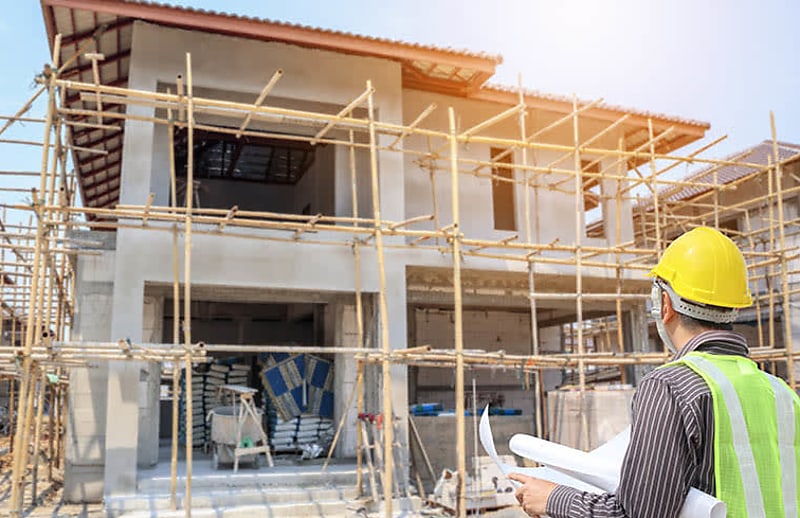The consumer price index (CPI) has hit an annual rate of 7.3 per cent on the back of big increases over the past four quarters in the prices of new dwelling construction, automotive fuel and food.
The annual lift, the highest since 1990, followed a 1.8 per cent rise during the September quarter, according to the latest data from the ABS.
You’re out of free articles for this month
It surprised markets, which had been expecting a quarterly rise of 1.6 per cent and an annual lift of 7.0 per cent.
“This quarter's increase matches that of last quarter and is lower than the 2.1 per cent result in March quarter this year,” said ABS program manager of prices, Michelle Marquardt.
“All three results exceed any other quarterly results since the introduction of the GST, and underlie the highest annual increase in the CPI since 1990.”
CPA Australia senior policy manager Gavan Ord said businesses were in the front line of the worst inflation situation for decades.
“The high rate of inflation could trigger further interest rate rises with the RBA set to meet next week,” he said. “This may well put more stress on businesses whose costs will rise. Small and medium businesses as well as individuals are doing it tough.”
“It's clear cost-of-living pressures are far from over and this was certainly reiterated in the mid-year economic outlook, delivered as part of the last night's budget.”
“We encourage businesses to explore ways to improve their cash flow and take a close look at their debt. Businesses should work at improving their profitability by focusing on high margin sales and controlling their costs.”
The ABS said the most significant contributors to the rise during the last quarter were new dwellings (up 3.7 per cent), gas (up 10.9 per cent) and furniture (up 6.6 per cent).
Annually, new dwellings (up 20.7 per cent) and automotive fuel (up 18.0 per cent) were reported to be the biggest factors.
“For the second consecutive quarter, annual price inflation for new dwellings was the strongest recorded since the series commenced in 1999, as high material and labour costs mingled with high demand,” said Ms Marquardt.
CreditorWatch chief economist Anneke Thompson said the rising costs of dwelling construction were worrying for the broader economy while increases in everyday purchases would hurt families.
“Already housing construction starts have started to slow, with new dwelling commencements down 28.9 per cent in the June quarter 2022 compared to a year prior,” she said.
“The Treasurer announced a $10 billion investment into social and affordable housing with the aim to build 30,000 dwellings over the next five years. These dwellings are sorely needed, but the program will likely keep the construction industry busy for some time, with continued pressure on costs.”
“Overall, it is non-discretionary inflation that will be the biggest headache for Australians, as these are goods people can’t do without, and inflation in this sector is rising much faster than inflation for discretionary goods, at 8.4 per cent versus 5.5 per cent year-on-year.”
ABS figures showed the overall price of goods increased 9.6 per cent annually, the biggest lift since 1983 and above the 4.1 per cent increase for services.
Last night’s budget predicted inflation to peak at 7.75 per cent late this year before moderating gradually to 3.5 per cent by June 2024.

 Login
Login






